It’s a quiet evening, and suddenly your bearded dragon is frantically scratching at the glass, a leopard gecko is licking its eyeballs, and your snake is soaking for hours on end. If you’re a reptile keeper, you’ve probably witnessed some behaviors that left you scratching your head or maybe even a little worried. But here’s the wild truth: what seems bizarre is often completely normal in the mysterious world of captive reptiles. These remarkable creatures—descendants of ancient lizards and dragons—can act in ways that seem downright alien to us. But those odd habits aren’t just quirks; they’re windows into how reptiles adapt, communicate, and survive in environments far from their wild homes. Ready to demystify the weird, wonderful world of captive reptiles? Let’s unlock the secrets behind the 20 strangest—but perfectly normal—things reptiles do behind the glass.
Glass Surfing: The Great Escape Dance
Ever watched your lizard or snake press its belly against the glass and zip back and forth like it’s training for a marathon? That’s called “glass surfing.” It looks a little desperate—like a pet itching to escape—but it’s actually a common response to curiosity, boredom, or even seeing its own reflection. Many reptiles are naturally inquisitive, and in captivity, glass is an unfamiliar barrier. This behavior is their way of exploring boundaries or seeking more stimulation. While it can be a sign of stress or an enclosure needing enrichment, it’s often just a reptile’s version of pacing. Imagine yourself stuck at an airport with nothing to do; you’d probably pace too.
Shedding in Pieces: Nature’s Wardrobe Change
If you’ve ever found bits of old skin scattered around your reptile’s habitat, don’t panic. Unlike mammals, reptiles shed their skin in chunks or sheets. In captivity, this process can look messy, with patches hanging off for days. It’s a bit like peeling off a sticker that just won’t come off in one piece. The reason? Humidity, hydration, and the reptile’s age all play a role. Young reptiles shed more often, while adults take their time. It’s crucial not to pull off shedding skin—let nature do its thing, and perhaps provide a rough rock for assistance.
Burrowing and Hiding: The Invisible Roommates
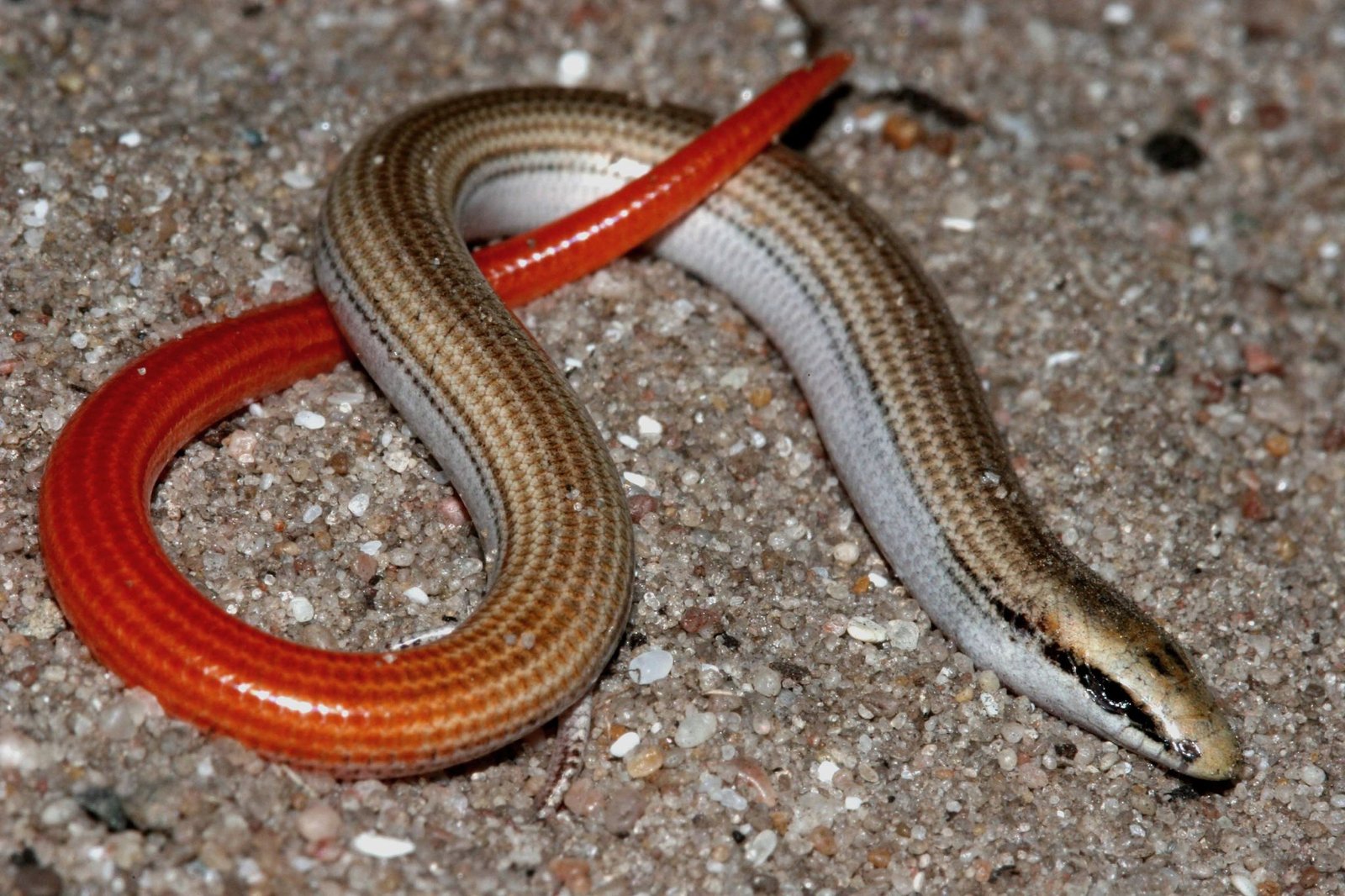
It can be shocking to discover your snake or gecko has vanished, only to find it buried deep in the substrate or wedged under a rock. Burrowing is a survival instinct, providing security and temperature regulation. In the wild, many reptiles spend most of their time hiding from predators or extreme weather. In captivity, it’s their sanctuary, a cozy retreat from the spotlight. Providing adequate hides and substrate not only respects this instinct but also keeps your reptile feeling safe and stress-free.
Head Bobbing and Arm Waving: Reptile Sign Language
If you see your bearded dragon rapidly bobbing its head or waving a tiny arm in slow circles, you’re witnessing a silent conversation. Head bobbing often means “I’m the boss!”—a territorial display, while arm waving can be a submissive gesture. This body language is a throwback to social dynamics in the wild, where direct combat would waste energy. It’s their way of sorting out pecking orders, flirting, or declaring peace without saying a word.
Tail Rattling and Wiggling: The Drama of Defense
A sudden, frantic tail wiggle might look like a dance move, but it’s usually a warning or a distraction technique. For example, leopard geckos rattle their tails to divert attention from their bodies—hoping a predator will go for the expendable tail instead. Some snakes also vibrate their tails when startled. In captivity, you might see this behavior when cleaning the enclosure or introducing a new object. It’s a clear message: “I’m on edge, give me space!”
Basking and Color Changing: The Solar Power Ritual
Watching a reptile flatten itself like a pancake under a heat lamp is both amusing and perfectly normal. Basking is how reptiles regulate their body temperature, absorbing vital warmth. Some, like anoles or chameleons, even change color to absorb more or less heat. It’s not always about camouflage; it’s energy management. Picture yourself adjusting your blanket on a chilly morning—reptiles just do it with style and color.
Soaking for Hours: The Spa Treatment
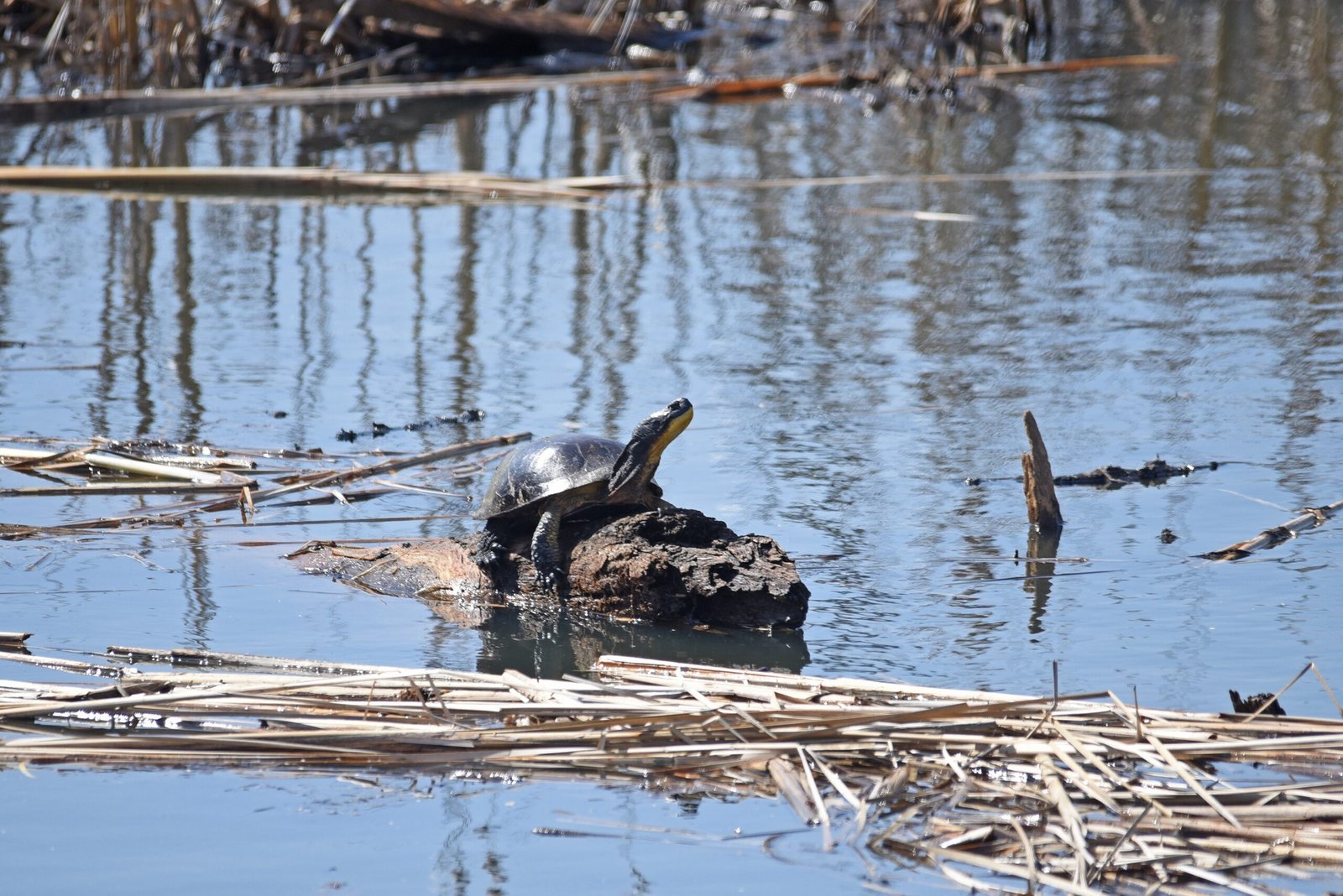
If your snake or turtle spends hours lounging in the water dish, don’t be alarmed. Soaking helps with hydration, shedding, and even digestion. For some species, it’s their way of cooling off or prepping for a big shed. However, excessive soaking can sometimes signal mites or discomfort, so it’s worth a closer look if this becomes a constant habit. Mostly, though, it’s just a reptilian spa day.
Licking Everything: The Taste Testers
Geckos and some snakes have a curious habit of licking or flicking their tongues at everything—walls, rocks, even you. This isn’t just quirky; it’s science in action. Reptiles use their tongues to “taste” the air, picking up chemical cues about food, danger, and territory. It’s their way of reading the world, much like a dog sniffs everything on a walk. What seems strange to us is basic exploration for them.
Regurgitating Food: When Dinner Comes Back Up

It’s always unsettling to find a half-digested mouse or cricket regurgitated in the enclosure. Regurgitation can happen if a reptile is handled too soon after eating, stressed, or if the food was too large. In the wild, this can be a survival tactic—dumping a heavy meal to escape predators quickly. In captivity, it’s often a sign to review husbandry: is the temperature right, was there too much disturbance, or was the food size appropriate?
Nighttime Wandering: The Secret Night Owls
You might think your reptile sleeps all day and night, but many are nocturnal or crepuscular—active at dawn, dusk, or after dark. In captivity, they may roam their habitat at night, looking for food or exploring. This can include climbing, digging, or even rearranging décor. If you’ve ever heard mysterious rustling after midnight, now you know: your reptile is living its best after-hours life.
Climbing Vertical Surfaces: The Gravity-Defying Stunts
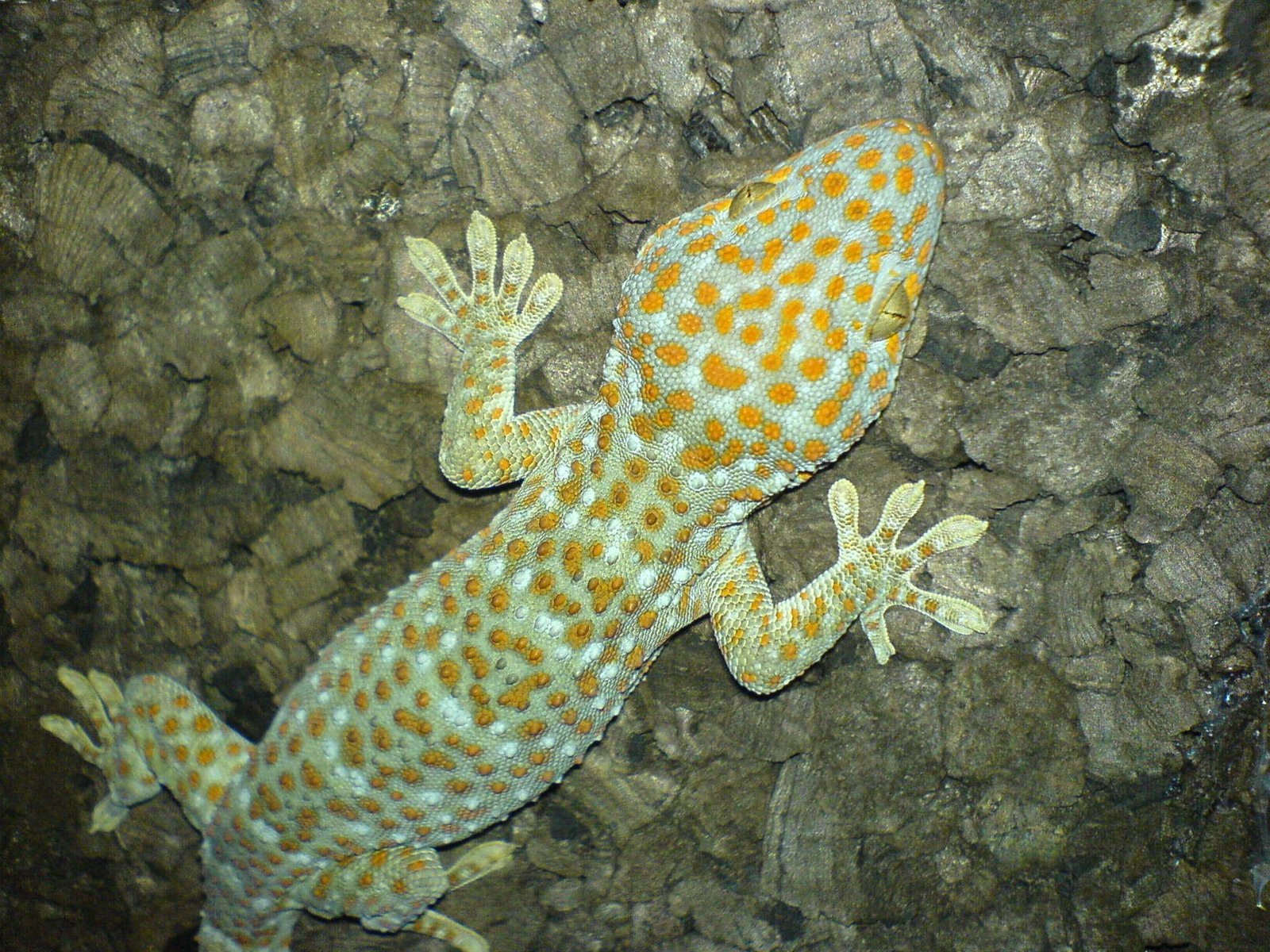
Some reptiles, like crested geckos or anoles, can scale glass and walls with ease. Thanks to tiny, specialized toe pads, they defy gravity in ways that seem almost magical. This climbing isn’t just for fun—it’s instinctual, offering better vantage points and escape routes. For keepers, it’s a reminder to secure lids and provide plenty of vertical enrichment to keep those little acrobats happy and safe.
Digging to Nowhere: Construction Projects
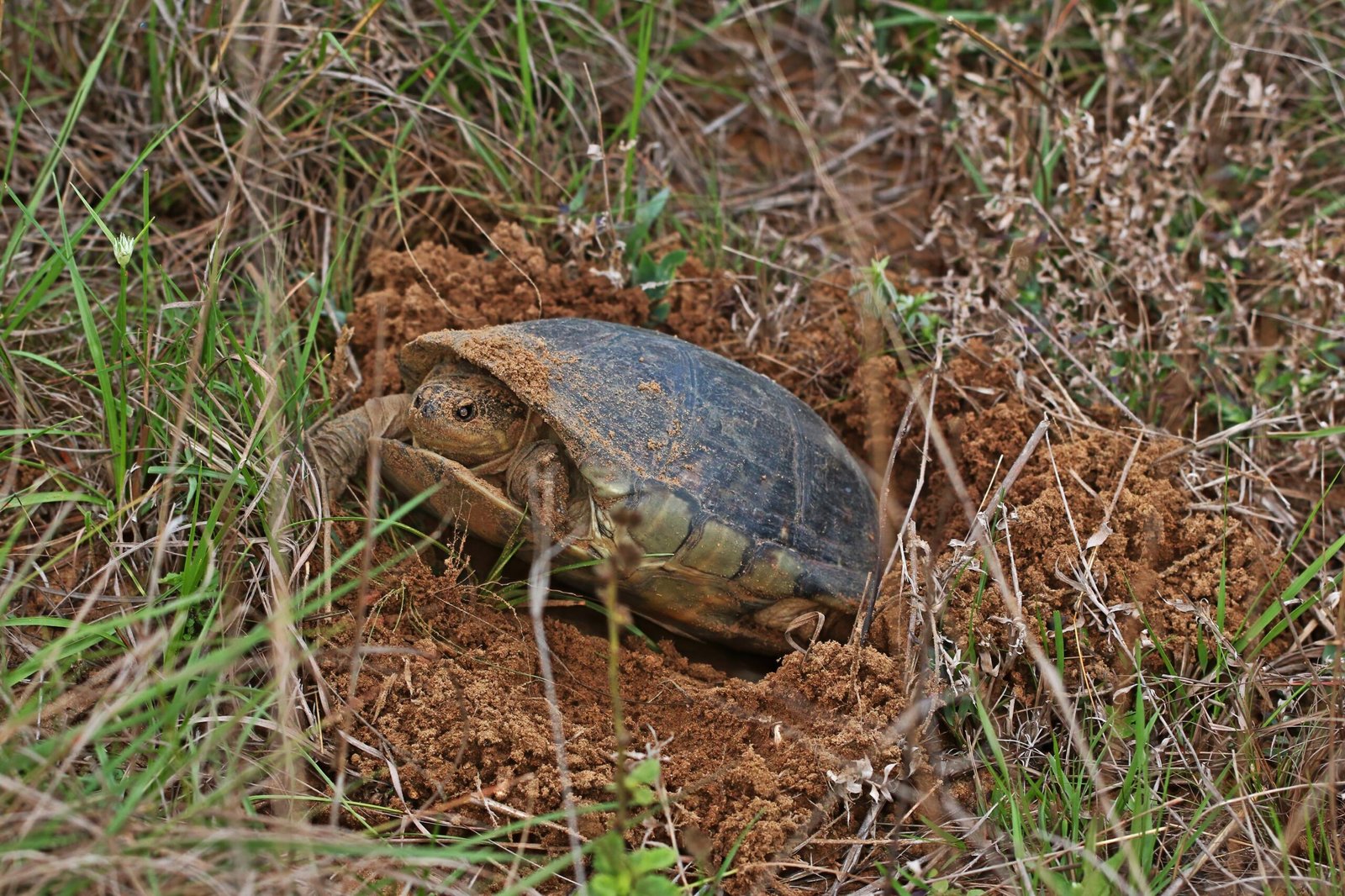
Ever seen your tortoise or skink dig a hole, then leave it unfinished? Digging is more than a pastime—it’s a deeply ingrained behavior for nesting, hiding, or thermoregulation. In captivity, it often looks like aimless digging, but to the reptile, it’s vital. They might be searching for a cooler spot or simply following an urge. Giving them a deep, natural substrate satisfies this inner builder and reduces stress.
Yawning and Gaping: The Big-Mouth Mystery
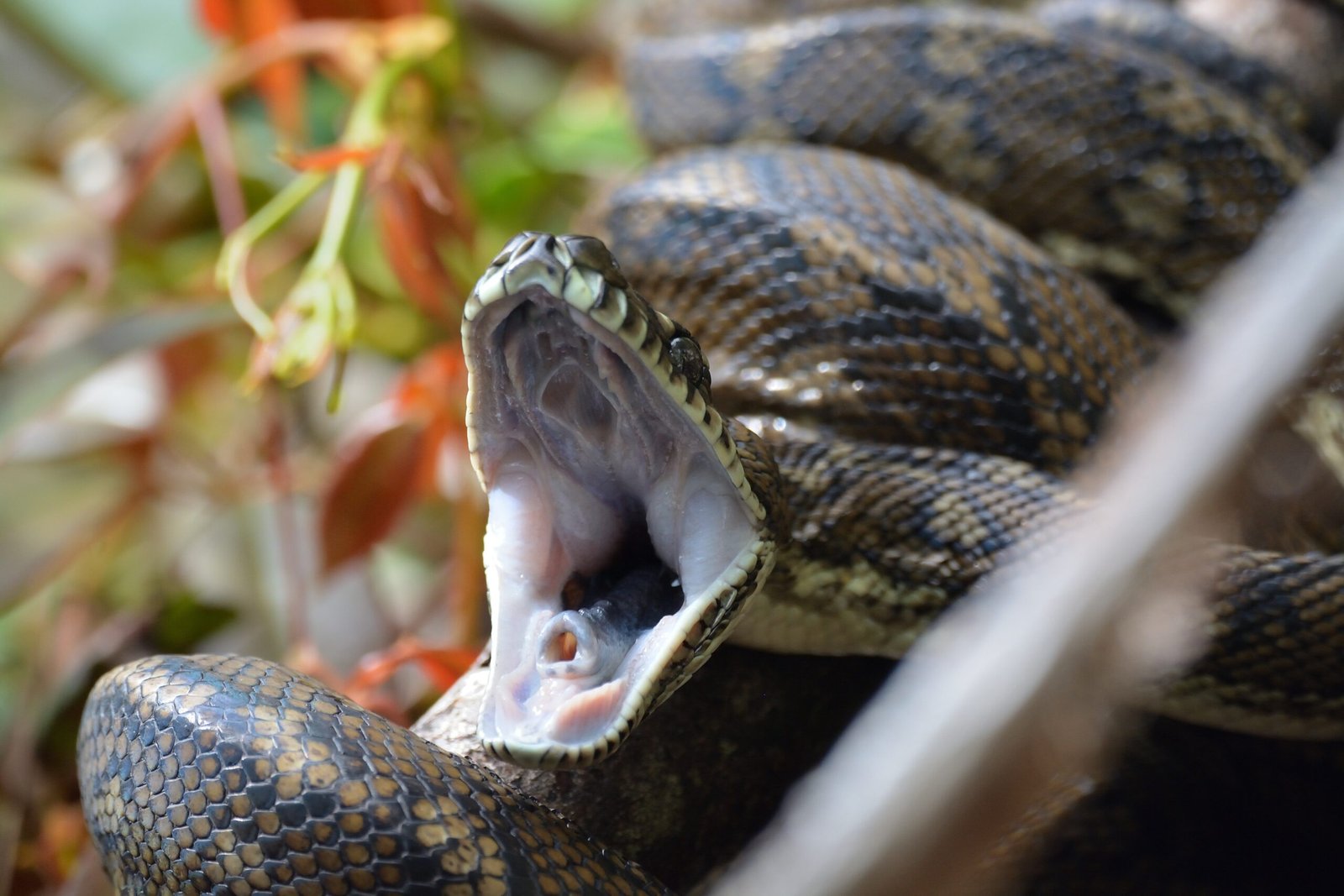
A sudden, wide-mouthed yawn can look hilarious or alarming, especially in snakes and lizards. But it’s rarely about tiredness. Yawning helps reptiles realign their jaws, especially after eating, or regulate temperature. Sometimes, it’s a stress signal. If you see frequent, gaping mouths along with other symptoms, it could mean a health issue. Most of the time, though, it’s just a part of their quirky routine.
Sleeping in Odd Positions: The Art of Comfort

Reptiles have some of the strangest sleeping habits in the animal kingdom. Some hang upside down, others wedge themselves into tight spaces, and turtles occasionally sleep floating in water. These positions aren’t random—they help regulate temperature, reduce stress, and provide security. What looks uncomfortable to you is often the perfect reptilian bed.
Refusing Food: The Fasting Phenomenon
Imagine fasting for weeks just because the seasons changed. Many reptiles, especially snakes and tortoises, will refuse food during cooler months or when preparing to shed. It’s a natural rhythm, tied to breeding or environmental cues. While it can worry new keepers, as long as the reptile appears healthy and active, it’s usually nothing to fear. Sometimes, reptiles just need a break from the buffet.
Sudden Bursts of Speed: The Lightning Bolt Dash
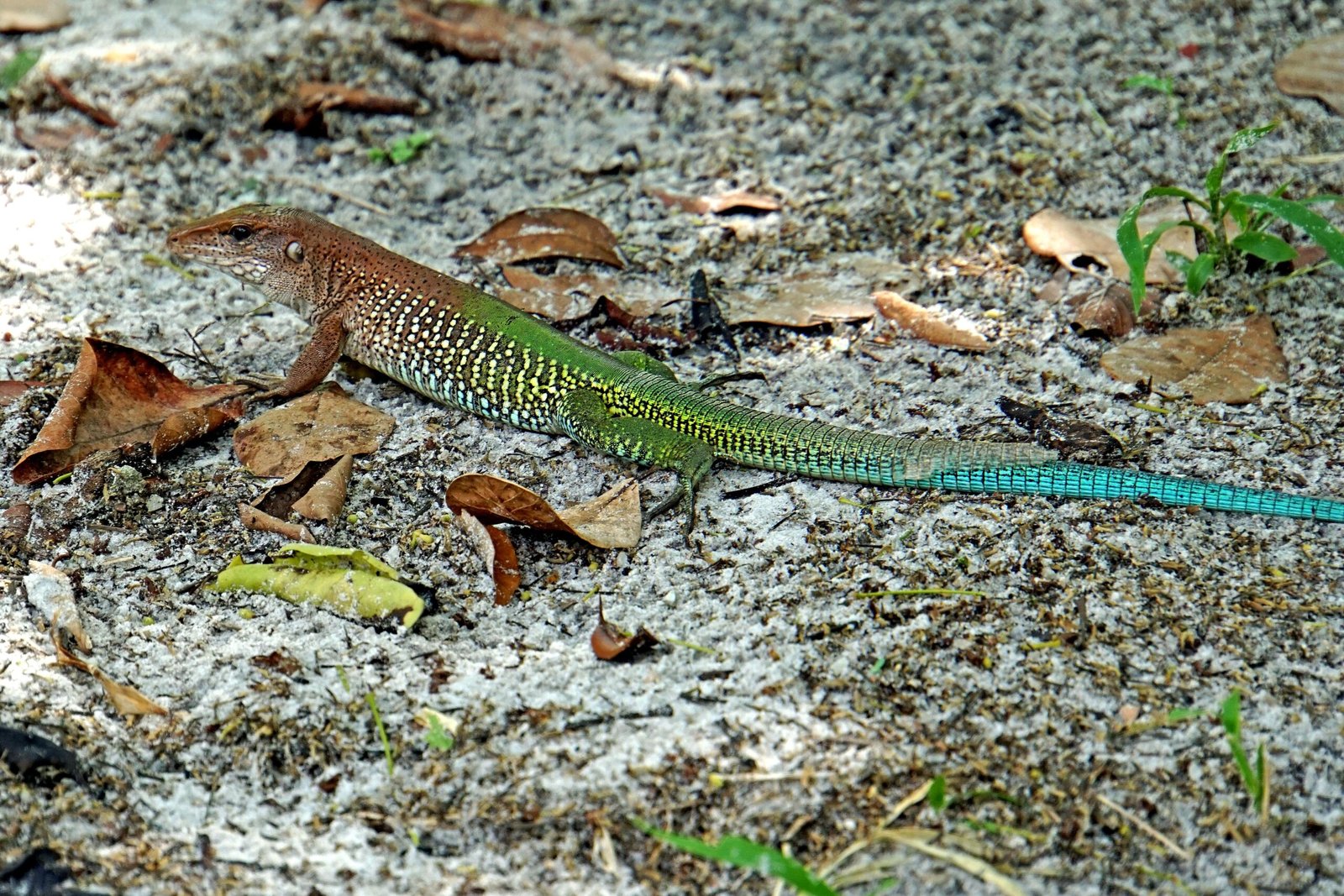
You might think of reptiles as slow movers, but some, like certain lizards and snakes, can dart across their enclosure in a split second. These bursts of speed are survival tactics, used to catch prey or escape threats. In captivity, it can happen when startled or exploring new territory. It’s a jolt of energy that reminds us these animals are finely tuned for action—even in a glass box.
Blowing Bubbles and Nose Shedding: The Nasal Oddities
Seeing bubbles at a reptile’s nostrils or bits of skin shedding from their nose can be startling. While consistent bubbles can indicate a respiratory issue, occasional bubbling during shedding is normal. Reptiles can get bits of shed stuck in their nostrils, and blowing bubbles is their way of clearing them. It’s messy, but usually harmless as long as it doesn’t persist.
Vocalizations: The Unexpected Chatterboxes
Most people think reptiles are silent, but listen closely—some geckos chirp, tortoises grunt, and even snakes hiss in warning. These sounds communicate stress, territory, or mating readiness. In captivity, increased vocalization can mean your reptile is adjusting to its environment, or sometimes just expressing annoyance at a cleaning day disturbance. Each species has its own unique “voice,” often surprising new keepers.
Changing Eating Preferences: The Picky Eaters
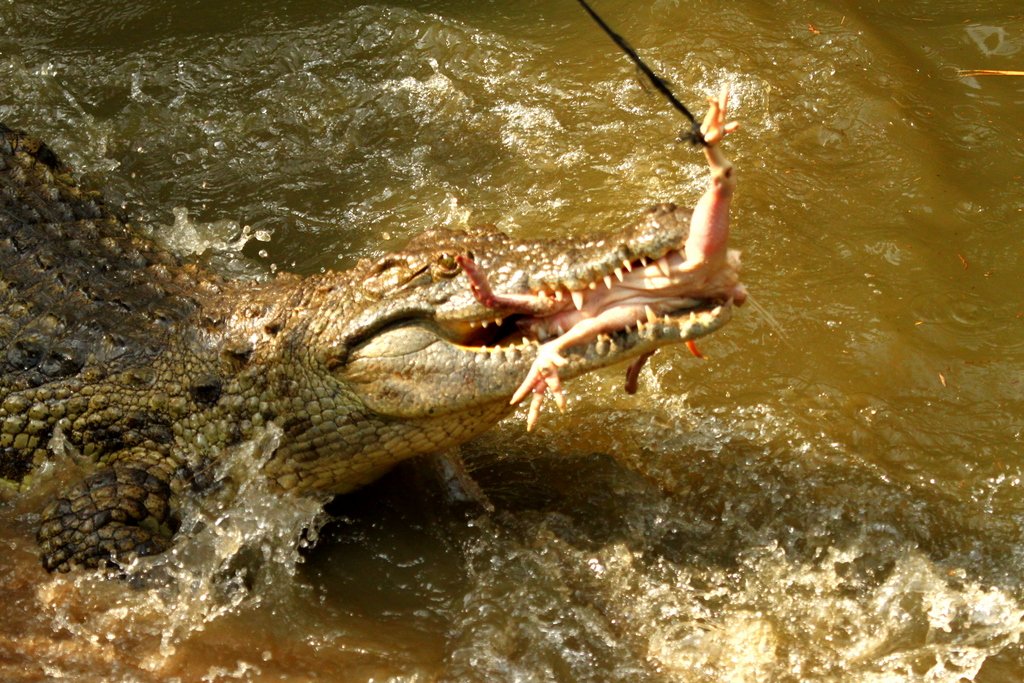
Just when you think you’ve nailed your reptile’s diet, suddenly they snub their favorite treat. Reptiles can become picky eaters due to seasonal changes, environmental shifts, or even boredom with the same food. Sometimes they crave variety or need a nutritional change. Keepers soon learn to experiment with different insects, greens, or feeding times. Flexibility and observation are key to keeping your reptile both healthy and happy.
Displaying Defensive Postures: The Tiny Warriors
From puffing up bodies and hissing to flaring neck frills or flattening against the ground, captive reptiles have a toolbox of defensive displays. These behaviors can be dramatic or subtle, signaling discomfort or fear. Even the friendliest lizard might suddenly stand tall and “puff up” when startled. Respecting these signals is crucial for both the keeper’s safety and the animal’s well-being. It’s their way of saying, “I need space right now.”
Some of the strangest things reptiles do in captivity are not strange at all—they’re perfectly normal ways of communicating, adapting, and thriving in a world that’s part wild, part human. Each quirk is a reminder that beneath the scales lies a world of instinct and intelligence, waiting to be understood. Next time your gecko licks the glass or your tortoise digs yet another hole, take a moment to marvel: isn’t it amazing how wildness endures, even in the comfort of home?



